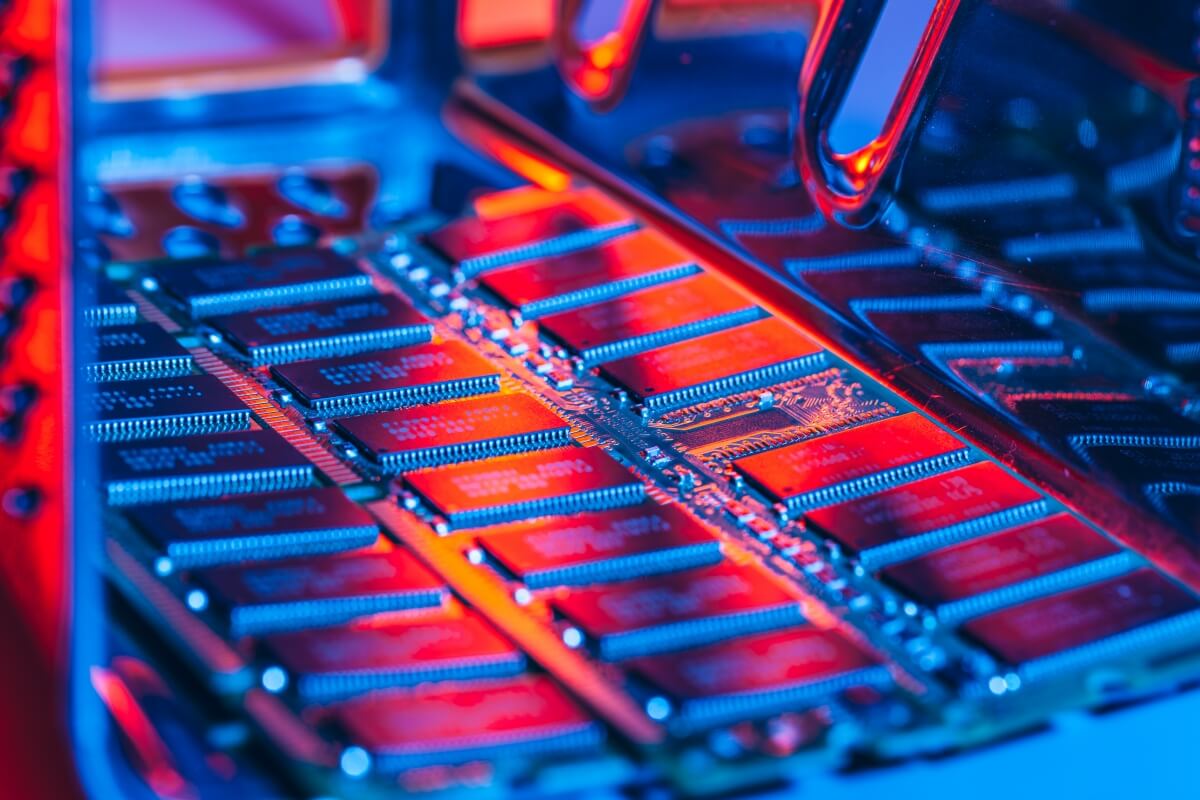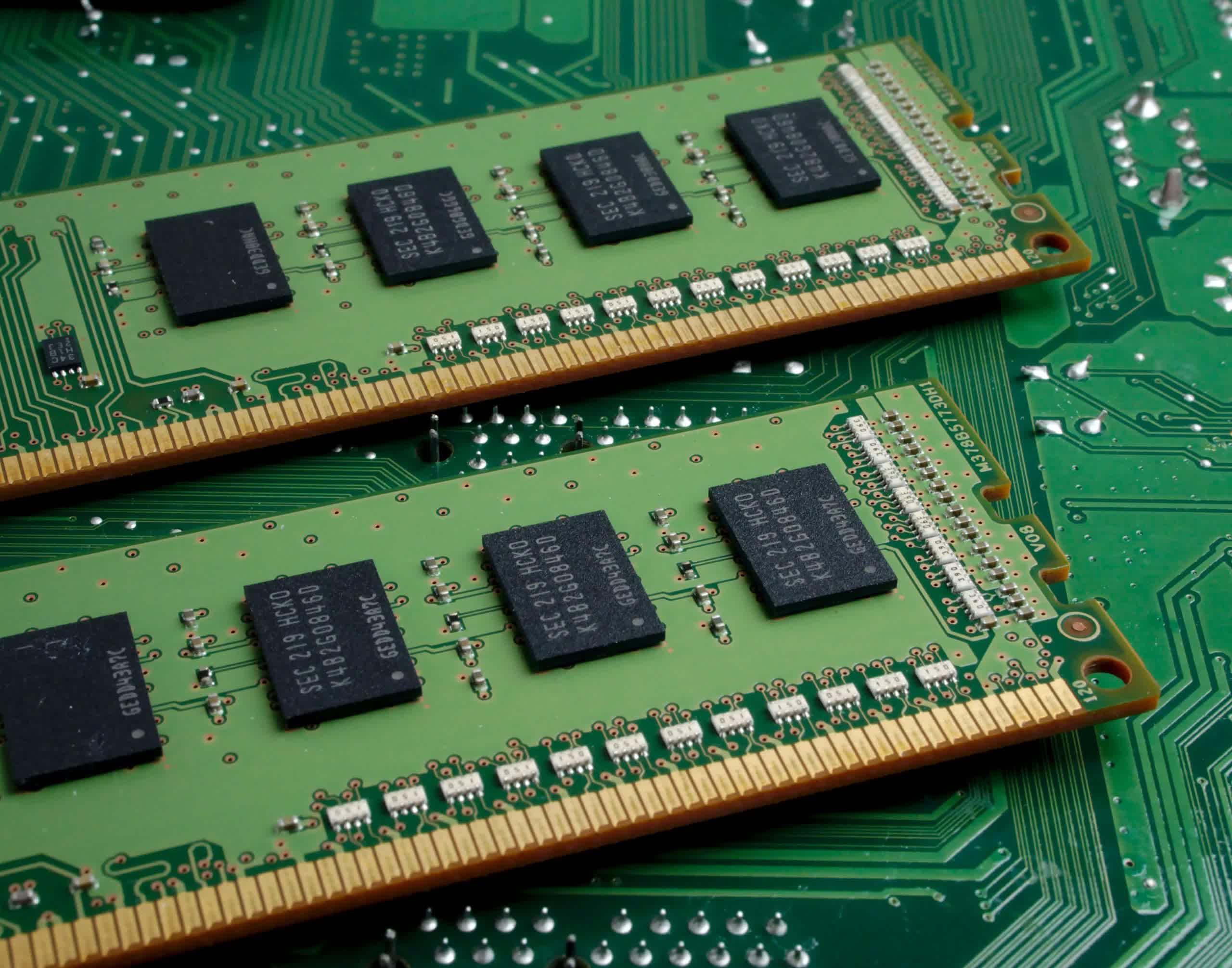Forward-looking: While the chip crisis isn't going away for some time, it's starting to look more likely that we'll at least see DRAM prices fall over the next few months. According to the world's fourth-largest memory maker, a "correction" is coming later in 2021.
As reported by The Register, the president of Taiwan's Nanya Technology Corporation, Dr. Pei-Ing Lee, said that the company's sales were up 5.3% in Q3 compared to the previous quarter, and up 55.6% year-on-year.
Lee added that consumer electronics, server, and smartphone sales were forecast to remain solid in the fourth quarter of the year. However, he did warn that unbalanced supply chains and component shortages have impacted many market sectors, with Covid-19 and geopolitical tensions slowing down economic growth.
Lee also notes that "we are expecting the DRAM market [to] enter short-term, minor correction in Q4, 21."

Lee's prediction follows a similar one made by TrendForce. The analyst firm's latest report showed that DRAM prices had stabilized and were expected to decline across the rest of the year by three to eight percent on average. It also notes that memory shipments will slow down in the fourth quarter due to clients stockpiling a higher-than-expected level of DRAM inventory. The oversupply means PC and server manufacturers now have enough stockpiles to last for more than two months, leading to price declines.
A similar report last month from Gartner also said that prices for DRAM and NAND flash are set to fall, the result of cooling demand and increasing supply.
What all this means for consumers is potentially lower price points, and not just for PC memory modules. Next year's smartphones could see their prices drop slightly or feature more memory than usual. Sadly, it doesn't mean graphics cards are about to get noticeably cheaper or become more readily available, given all the other current problems associated with their manufacture.
